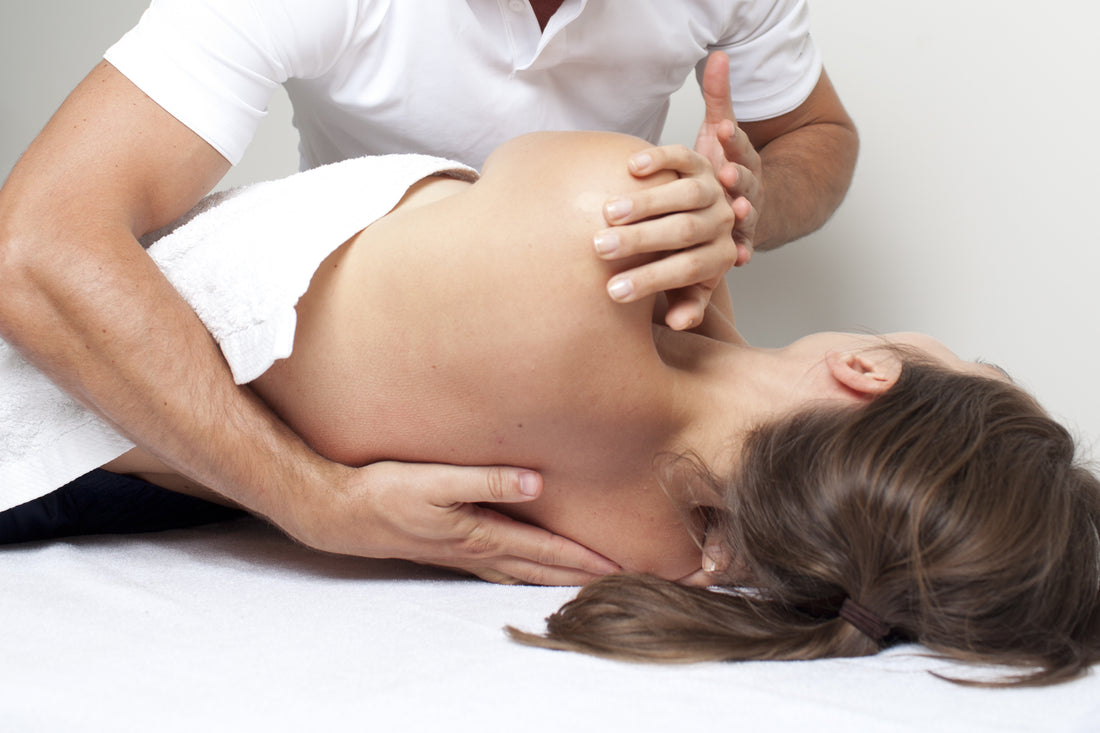
Osteopathy Tune-Ups: a key to healthy living
Lindsay Dixon, Osteopathic Manual PractitionerShare
In recent years, there has been a gradual shift towards preventative healthcare, with a focus on exercise, nutrition, and even mindfulness meditation. What has been slower to take hold is the idea that holistic treatment such as osteopathy can be a key factor in maintaining general health and well-being, preventing injuries before they happen.
Many of us will only seek out holistic treatment when a symptom, such as back pain, presents itself. A condition or injury will prompt us to lie down on the nearest treatment table, but once those symptoms subside, we’re off to tackle the day without a thought of a check-in later on. Now this might sound logical, if the symptoms are gone why come back? Here I direct you to the axiom, “An ounce of prevention…” well, you know the rest.
It is not uncommon to go for regular cleanings at the dentist to help prevent cavities and tooth decay, so why not consider the same approach when it comes to your whole body and mind?
As awareness and understanding of osteopathy is still growing, it is helpful to outline how it can play a significant role in preventing injury, and maintaining wellbeing, and vitality.
Osteopathic manual therapy is based on the functional unity of the body, meaning that all aspects of the body must work together to maintain health, as no one structure or system acts in isolation. A deep understanding of the anatomical and physiological interrelationships of the body is fundamental to its practice.
If there is an area that is congested, or perhaps taking on more of a load, the effects will not be confined to that localized area. A local problem can have a global influence. As an example, stagnation of fluid in one area of the body can have a cascading effect on the digestive and immune systems.
From birth to adulthood, our bodies are constantly adapting to physical and emotional stressors. What we are exposed to and how our bodies adapts and interprets these stresses is unique to each individual. Overtime, when an area becomes overloaded and has less mobility and vitality, it can disrupt the physiology of the body and we begin to lose our ability to adapt. This can express itself as an injury, disruptions in digestion, anxiety, headaches, or simply pain.
Osteopathy relies on fine tune palpation to identify underlying strains in the body and determine areas of congestion, changes in tissue tension, mobility, and vitality. So rather than being symptom or condition focused, the osteopathic practitioner considers the whole person, identifying their unique ability to adapt, to ultimately facilitate a return to balance.
The goal of treatment is to work with the natural self-regulation and self-healing abilities of the body, to find a full expression of health. The osteopath helps to realign, and remove adhesions that may interfere with fluid flow, to allow the body to do what it does best. Adapt.

